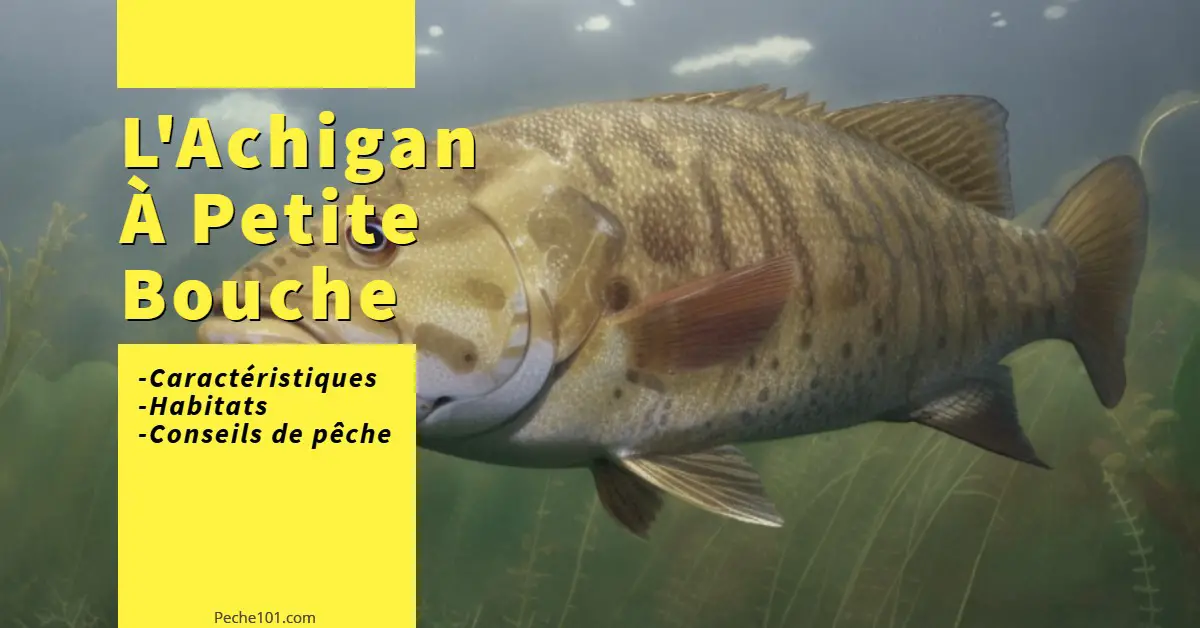If you're a fishing enthusiast looking to learn more about smallmouth bass, you've come to the right place!
In this comprehensive guide, we'll explore the distinctive features of this fascinating species, as well as identification tips to help you recognize this incredible fish.
The smallmouth bass, also known as Micropterus dolomieu, is a freshwater fish belonging to the Centrarchidae family.
Native to North America, it is widely distributed in Quebec's rivers and lakes.
This fish is highly prized by recreational anglers for its fighting spirit and ability to defend itself. It is considered a sport fish, offering thrills when caught.
The smallmouth bass is also appreciated for its tasty flesh, making it a fish of choice for food fishing.
Article content
A summary of the smallmouth bass
| Scientific name | Micropterus dolomieu |
| Common names | bass, smallmouth, black bass, bronzeback |
| Power supply | Carnivorous and opportunistic - zooplankton, aquatic insects, crayfish and other fish (such as catfish, minnows and small crappies). |
| Native range | North America and Eurasia |
| Preferred environment | Rivers, lakes and ponds with abundant vegetation, rocky substrates and cooler waters |
| Preferred water temperature | Between 12.7 and 20.5 degrees Celsius (55-69 degrees Fahrenheit) |
| Temperature tolerance | Can tolerate temperatures slightly above freezing point |
| Average life expectancy | Up to 10 years, but can live to nearly 20 years |
| Medium size | Up to 16 inches long |
| Average weight | About 2 pounds on average, but can reach over 10 pounds |
Characteristics of smallmouth bass
The smallmouth bass has several characteristics that distinguish it from other species. Here's what to look for to identify it:
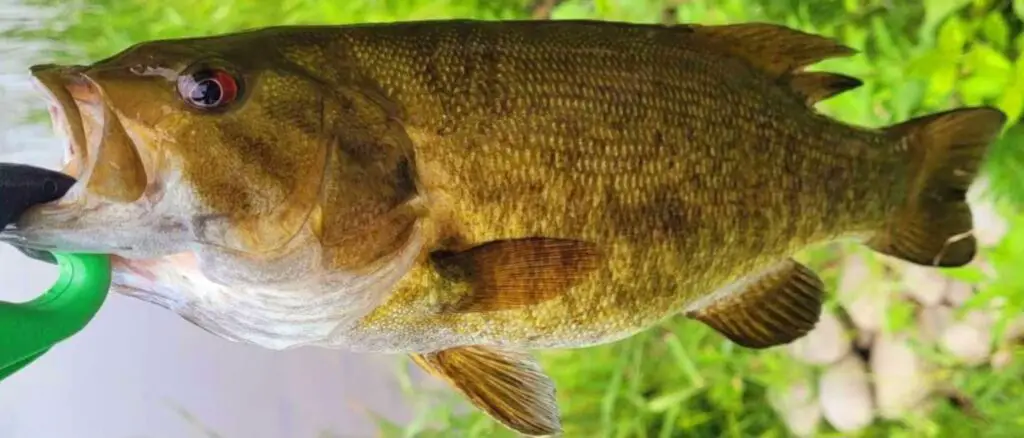
- Upper jaw The upper jaw of the smallmouth bass does not extend beyond the eyeThis is a key feature in distinguishing it from its large-mouthed cousin.
- Dark stripes You'll notice several dark stripes radiating backwards from the eye, as well as a single band radiating from eye to mouth.
- Reddish eyes : The eyes of smallmouth bass may sometimes show a reddish tintadding a touch of color to its distinctive appearance.
- Laterally compressed body : Compared with largemouth bass, smallmouth bass have a more compressed body on the sides.
- Speckled sides The sides of the smallmouth bass are often adorned with golden flecks on most scales, adding to its visual appeal.
- Vertical bars : You can also observe vertical bars on the sides, sometimes broken, ranging from very visible to slightly visible.
- Linked dorsal fins Unlike largemouth bass, whose dorsal fins are clearly distinguishable, smallmouth bass have linked dorsal fins which appear to be one and the same.
- Size : In general, smallmouth bass observed in Quebec vary in size between 22 and 45 cm.
- Weight In the St. Lawrence River and its fluvial lakes, smallmouth bass can weigh more than 4 kgwhich testifies to its robustness.
- Color The body color of smallmouth bass varies according to its sizehis status and its habitat.
In clear watersthe color is darker, with pronounced contrasting markings, while in turbulent watersits coloring is paler with blurred markings.
His back ranges from green to almost black, its flanks are golden-brown to yellow, and its belly is generally white.
His eyes are red or orange, adding a touch of vivacity to its appearance.

Characteristic features
The smallmouth bass has an elongated, tall body, compressed at the sides and covered with scales.
Its head is slightly recessed at the top, with a prominent lower jaw and an upper jaw bone (maxilla) that reaches near the center of the eye.
Its dorsal fin is divided into two lobes, the first section being spiny and low, while the second is higher. The caudal fin is slightly forked.
Distinction between smallmouth and largemouth bass
To differentiate the smallmouth bass from its largemouth cousin, note that the smallmouth bass has a smaller mouth.
With an upper jaw that does not protrude beyond the eye.
Moreover, the two lobes of its dorsal fin appear to be united, whereas they are almost entirely separate in largemouth bass.
The shape of the front lobe of its dorsal fin is also more rounded, with spines of more uniform length, unlike the largemouth bass where spines are of variable length.
Where can you find smallmouth bass?
Depending on the season, smallmouth bass can be found in many different places. Here's an overview of the best spots to give you good fishing.
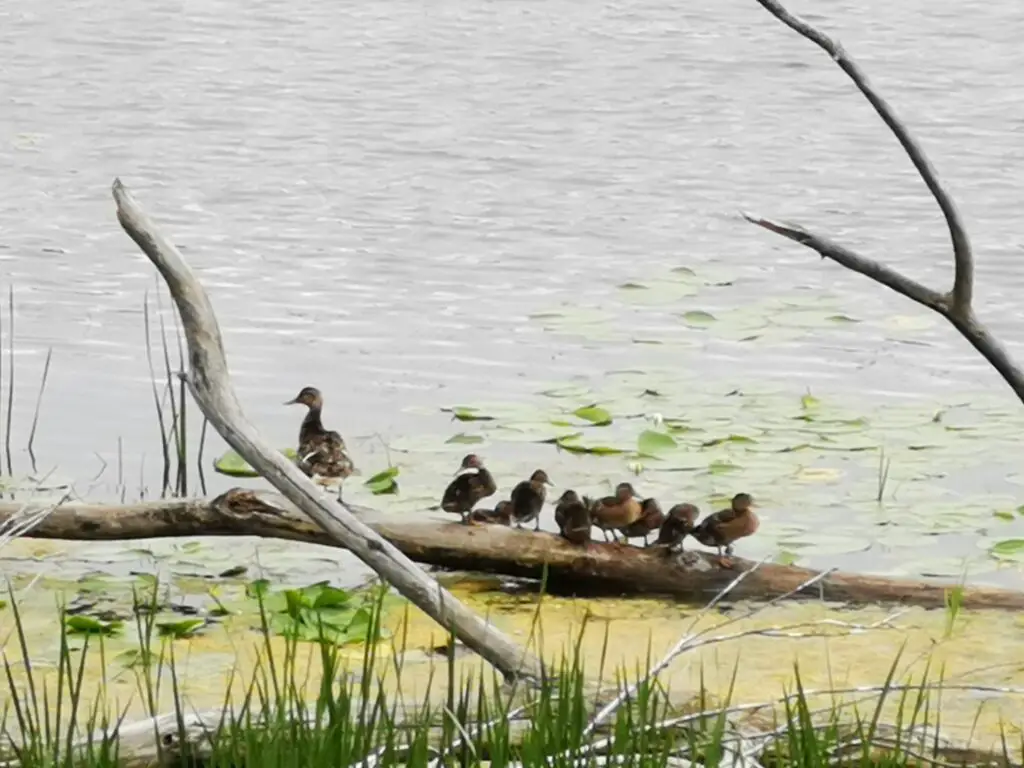
Pre-spawning
The pre-spawning season generally begins after the first warm-up period in late winter and continues until the water temperature averages 50 degrees.
Smallmouth fishing is generally better in early spring than largemouth, as smallmouth are more active in cold water.
To find them, look for the first deep water associated with a large gravel or mud plateau.
Small mouths can be found at a depths of 20 to 30 feet or morewaiting for the temperature to rise slightly so they can go up and spawn.
When the water temperature reaches 50 degrees, the larger smallmouth begin to move to shallow areas to spawn.
Spawning (Reproduction period)
During spawning, look for shallow areas with direct access to sunlight, protected from rough water.
They will spawn on small-diameter gravel near solid objects such as wood, rocks and grasses. They prefer water depths from 3 to 15 feet.
The bigger the fish, the deeper it will reproduce and the sooner it will start spawning.
After spawning, some smallmouth will remain near flooded bushes or stumps, while others will move to available deep water.
Summer
During the summer, smallmouths move to deeper structures in lakes and reservoirs as water temperatures reach between 70 and 80 degrees.
They can be found mainly in depths from 5 to 15 feetor even deeper, up to a maximum of 40 feet.
Look for rocky shores with a 45-degree slope, points offering access to deep water, underwater mounds and channel breaks.
Smallmouth bass can also swim up to shallow waters after dark to feed on nocturnal prey such as crayfish.
To improve your chances of capture, consult our 13 tips and tricks for summer smallmouth fishing.
Autumn
As the water cools back into the 60s, they approach the long points.
They are positioned on the tips and deep sides can also be productive.
Some smallmouth bass can hang over deep channels, but they can also be caught with surface lures.
Use the same lures as in summer, including large ones. crankbaits.
See our complete guide to fall bass fishing to find out more.
Winter
In winter, the smallmouth bass often stays at depths of 20 feet or more.
Larger bass tend to stay deeper, while smaller fish can be found in shallow water, especially on cloudy days.
Fish sloping banks with shale, gravel or boulders, at a 45-degree angle to deep water.
Deeper points can be used as resting areas. Concentrate on the bottom of steep slopes and lines of green grass. Use vertical lures such as jigs and SPOONS.
A summary of favorite places by season
| Season/time of year | Great fishing spots | Preferred depths | Environmental features | Recommended fishing techniques |
|---|---|---|---|---|
| Pre-spawning | Deep water near a gravel/mud plateau | 20-30 feet or more | Deep water, waiting for spawning | Attention-grabbing deep-sea fishing lures |
| Spawning (Reproduction period) | Shallow areas near solid objects | 3-15 feet | Small-diameter gravel, wood, rocks | Lures imitating spawning prey, fishing near structures |
| Summer | Deep structures in lakes/reservoirs | 5-40 feet (or more) | Rocky shores, underwater mounds | Crankbaits, swimbaits, surface lures |
| Autumn | Long tips, deep sides | Variable depths | Points, channels | Surface lures, crankbaits |
| Winter | Depths of 20 feet or more | Varies | Sloping banks with shale, gravel, boulders | Vertical lures, jigs, spoons |
This chart and the information it contains are a good starting guide. But it should be noted that bass are not obliged to follow it. Depending on the river, smallmouth bass can behave in different ways.
Quebec's bass fishing waters
Present in hundreds of water bodies across the province, this combative fish is known for its agility, spectacular jumps and voracious appetite.
In general, bass prefer calm water areas with structure, such as grass beds, rocks or submerged logs, where they can ambush their prey.
Although it can be found in a variety of habitats, certain waters are particularly renowned for their abundance of bass.
If you'd like to get to know these exceptional places, look no further.
For a detailed list of the most promising bodies of water for bass fishing in Quebec, we invite you to consult the list of Quebec water bodies where we can fish for bass.
This list will provide you with all the information you need to plan your next fishing trip. There are over 150 lakes and rivers where you can fish for bass.
Trolling for smallmouth bass
Trolling can be very effective for targeting smallmouth bass in deep water.
When bass are close to the surface, it's best to cast to avoid spooking them. Concentrate on deeper water for best results.
Slow trolling for bass (electric motor)
Slow trolling with live bait and soft lures is one of the most popular methods for targeting smallmouth bass in deep water.
Use your electric motor and keep your speed slow enough to catch plenty of bass.
Best baits for slow trolling
Curly-tailed worm
Curly-tail worms render excellently when trolled slowly. Use small curly-tail worms and you'll get plenty of action and quality fish too.
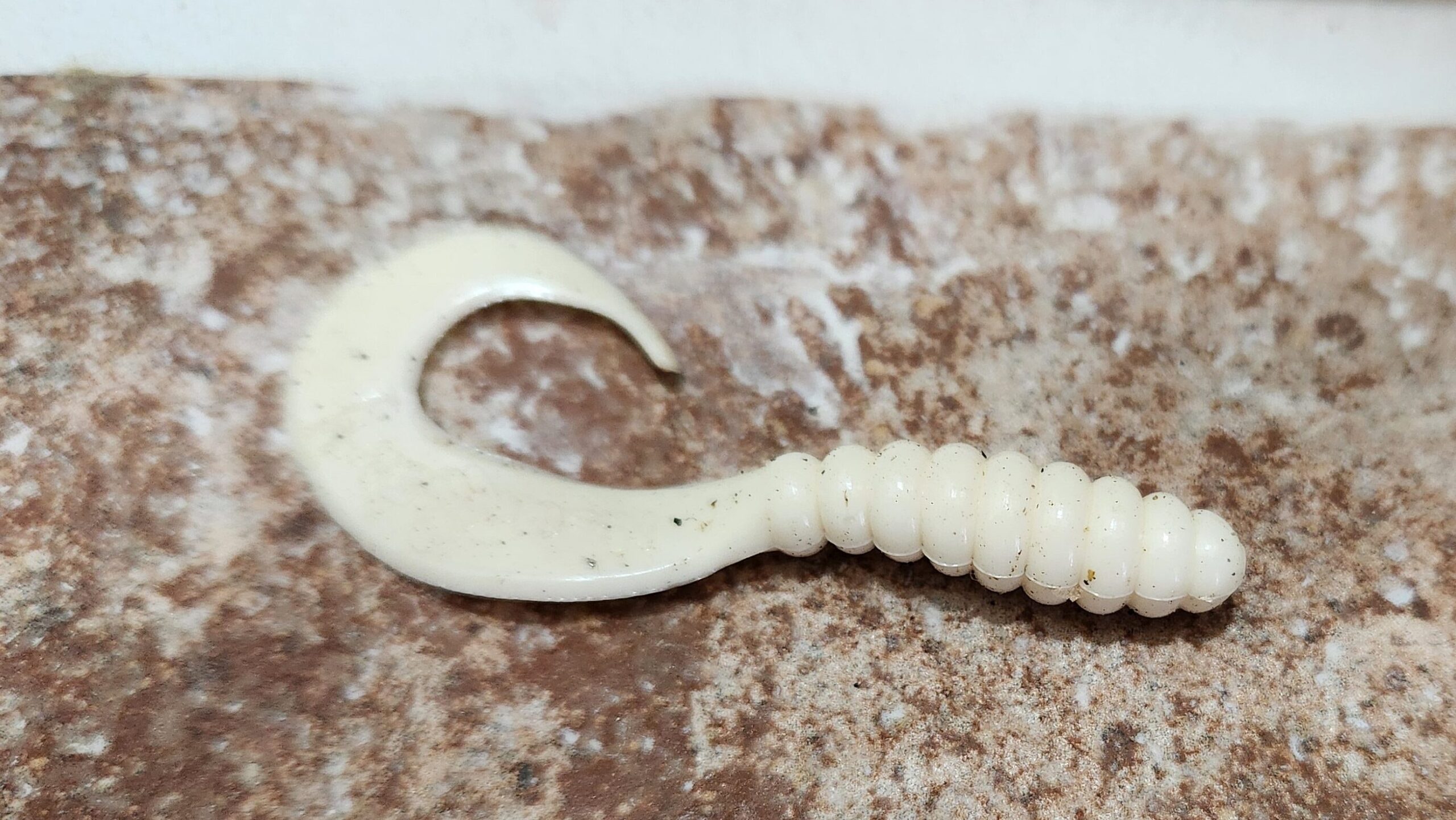
Small swimbaits
With small swimbaits, you need to ensure that your trolling speed is fast enough to make the tails swim.
The weight of the jig head or any other rig you use is also very important when fishing with this technique using small swimbaits.
Soft crayfish
Some crayfish-imitating lures have claws similar to swimbait flippers.
These crayfish-imitating lures are highly attractive with faster retrieval.
You can drag them slowly over a rocky bottom and expect to catch quality smallmouth bass.
Swimming creature decoys
Creature-like lures with a swimming function are generally more productive than those with a lesser swimming function when using the slow trolling technique.
Make sure the weight you use is heavy enough to keep your bait close to the bottom and you should be able to get several hits with this technique.
Live bait
Earthworms
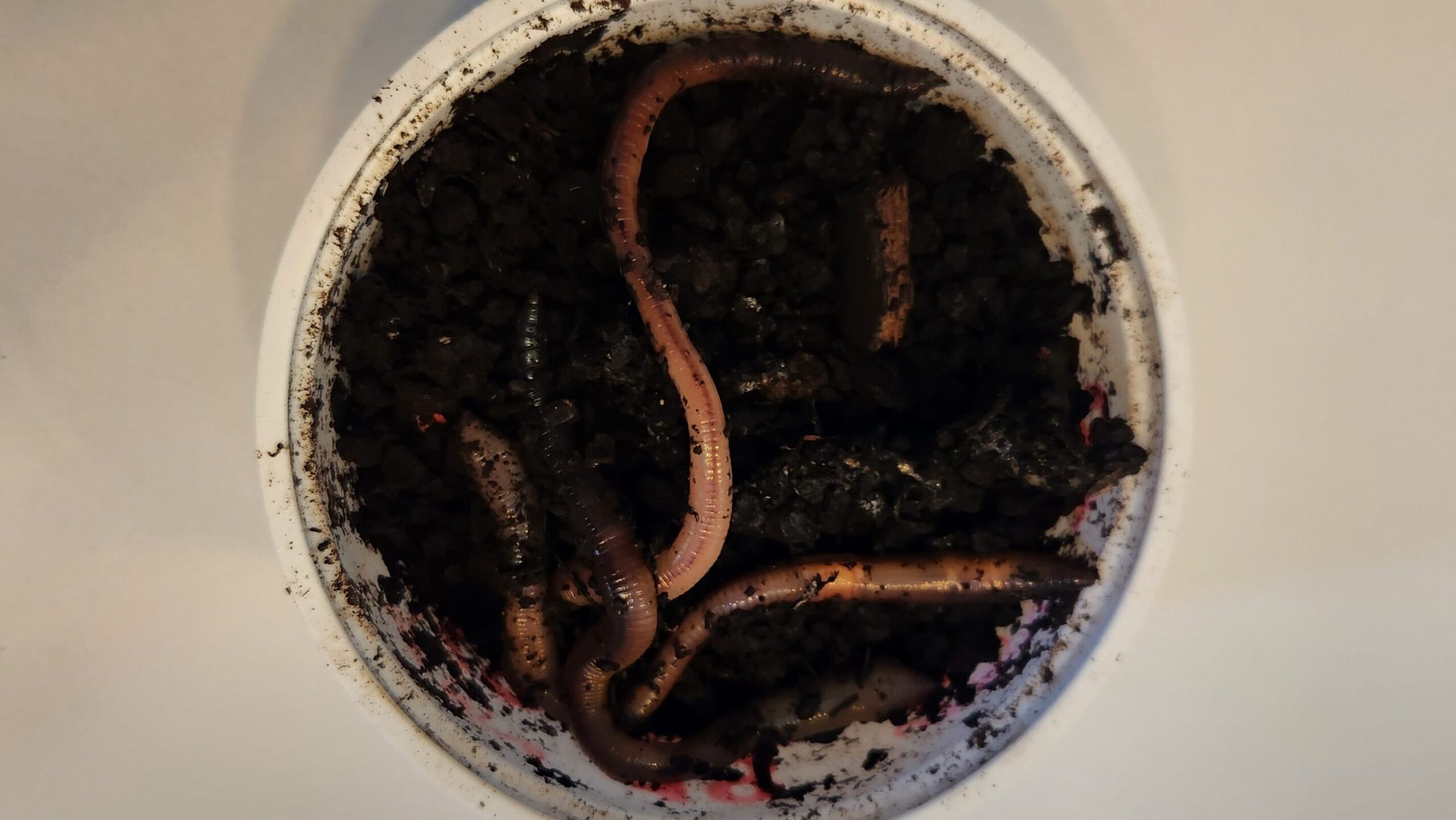
Although earthworms don't swim like minnows, you don't need this swimming feature with a live earthworm.
Smallmouth bass will feed on these earthworms, which are slowly dragged along the bottom.
You'll generally get more bites if the trolling speed is very slow, so instead of trying to make the bait swim, you simply try to cover a little more water with a live worm.
Leeches
Leeches work very well with the slow trolling technique. Maintain a slow speed and present a live leech to as many bass as possible, and you'll catch plenty of smallmouth bass.
Minnows
A live minnow works very well with the slow trolling technique.
You can drag a little faster than with earthworms and leeches and have great success, as the minnows will swim with the moving boat.
However, a slow trolling speed also works very well, so feel free not to set the trolling motor to full speed.
Deep-water trolling with your main engine
When you want to increase speed a bit, try using your main motor and trolling with crankbaits, swimbaits and spinners at appropriate depths, you'll catch plenty of smallmouth bass.
Best baits for trolling with main motor
Crankbaits
Crankbaits are the most popular lures for most anglers when towing a more powerful motor.
Most anglers are trolling at speeds in excess of 2 mph, with speeds of 2.2 to 2.5 mph that work very well.
Some anglers also achieve success at slightly slower or faster speeds, so don't feel obliged to stay at a certain speed if you don't catch any fish.
Spoons
Spoons are most popular for pike fishing, however, some anglers are also having success with smallmouth bass.
The key for most anglers is to use spoons with a profile size similar to that of small minnows as opposed to the larger spoons better suited to northern pike.
On some bodies of water, there will be very good open-water activity on a variety of baitfish. If you can drag a small spoon through these schools of smallmouth bass, you'll catch some quality fish.
You'll probably be travelling at speeds of 2 to 2.5 mph.
Spinners
Spinners can be effective for smallmouth bass, but most small spinners won't be very heavy.
As a result, these lures won't go down into deep water, where you need to fish in summer and autumn.
Anglers generally troll a little slower with spinners, so expect to have more success in the speed range of 1.8 to 2.2 mph.
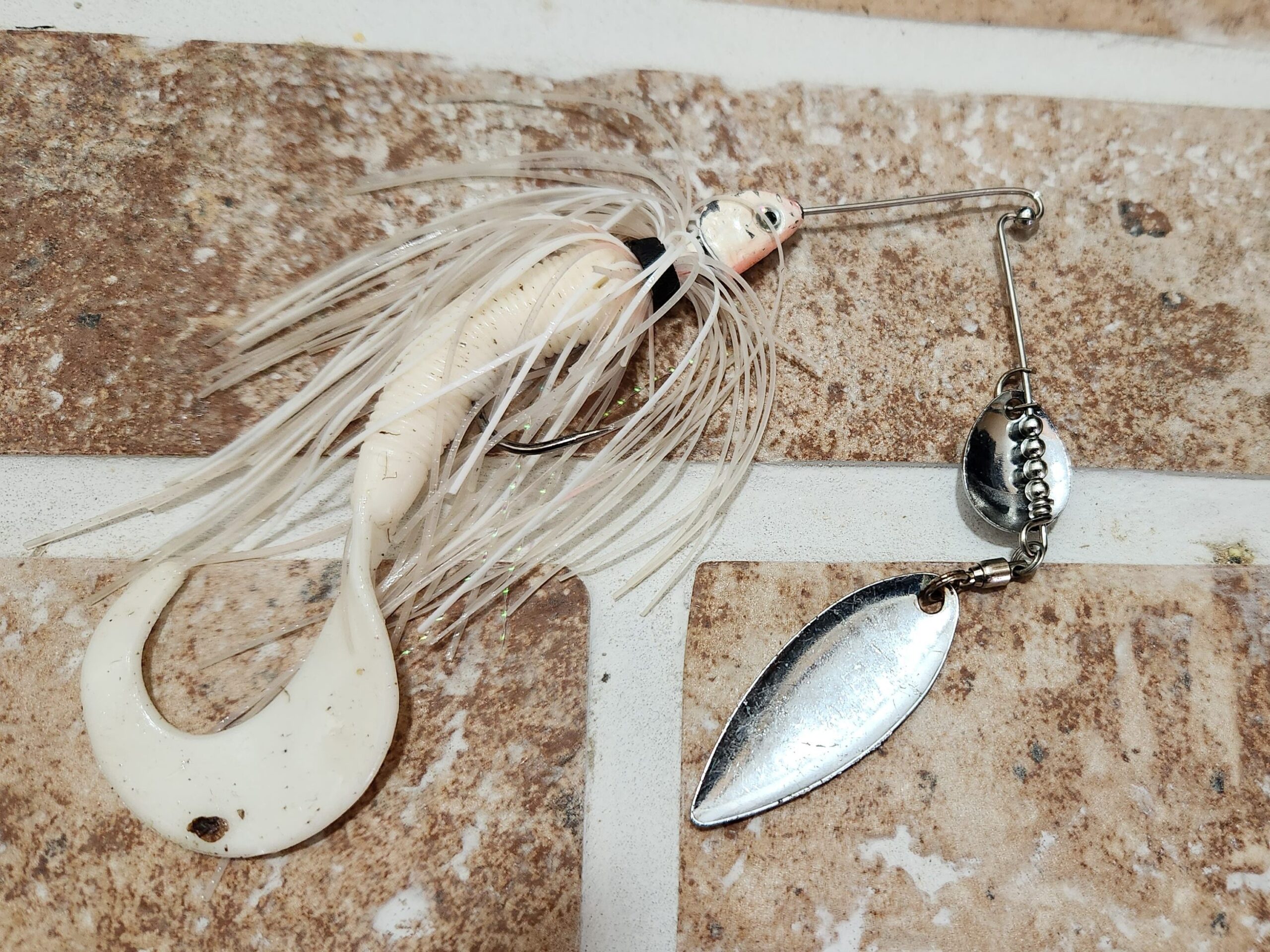
Paddle lures
Paddle lures are excellent trolling lures because they imitate a variety of baitfish that smallmouth bass feed on in deep water.
Just make sure you have a heavy enough paddle lure or combine a lighter paddle lure with a rig that allows you to fish in deep water.
You'll probably be travelling at speeds of 2 to 2.5 mph.
By using these different trolling techniques, whether with an electric motor for slow deep-water trolling or with your main motor for faster deep-water trolling, you'll have a great chance of catching many smallmouth bass.
Take a look at our 9 fishing tips for smallmouth bass.
Bassmaster's best lures (bass fishing tournaments)
The Bassmaster Classic, also known as the Academy Sports + Outdoors Bassmaster Classic due to its sponsorship, is the biggest tournament in bass fishing.
Organized by the Bass Anglers Sportsman Society (B.A.S.S.), this prestigious event brings together competitive professional anglers to compete for the biggest and best bass.
Here is the list of the top 5 bass lures at the Bassmaster Classic:
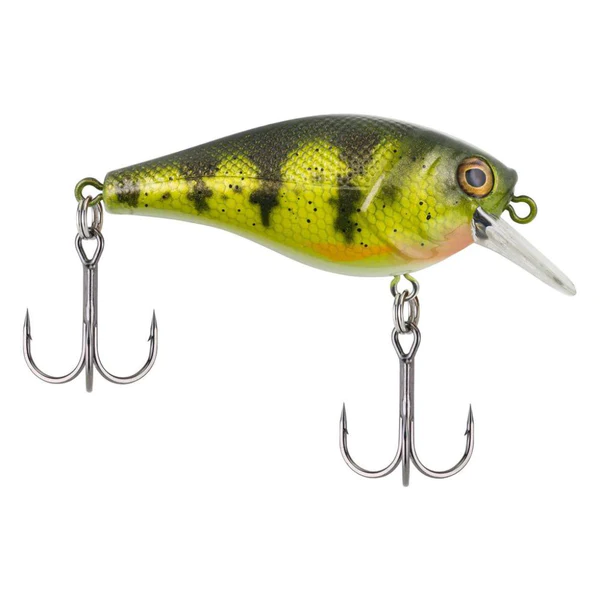
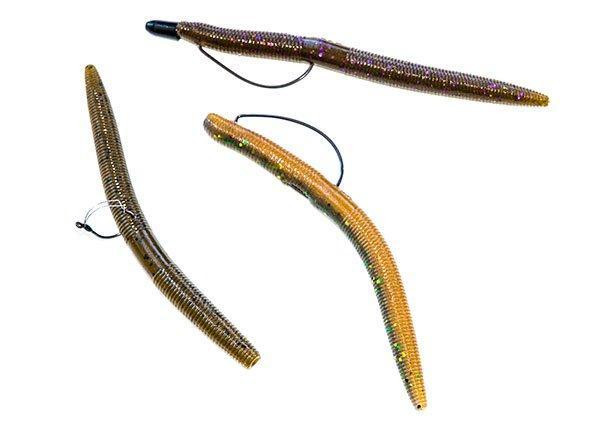
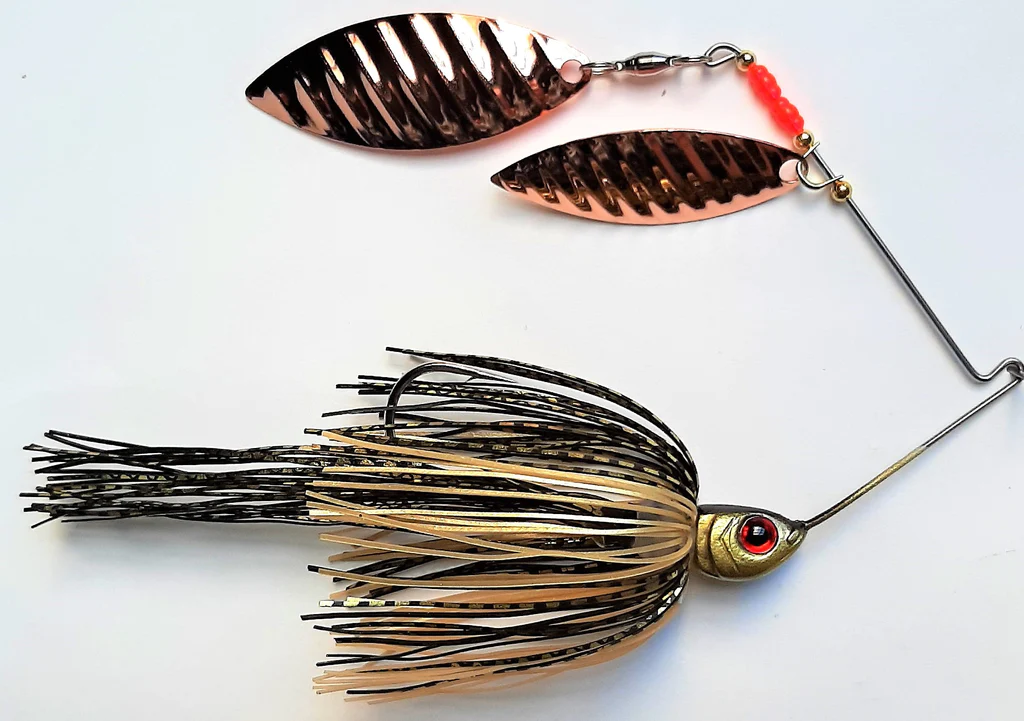
- Diving Crankbait - 24 wins
- Plastic Worm (Senko) - 18 wins
- Spinnerbait - 18 wins
- Trailer Jig - 14 wins
- Creature lure - 6 wins
These lures proved their effectiveness in catching the most demanding bass at the Bassmaster Classic.
Read our full article on Most popular lures and the winning lures of 2023 at Bassmaster.
Learn what the pros do and increase your take!
Regulations
Catch limits, minimum fish sizes, reproduction periods and protection zones are all measures put in place to enable fish populations to recover and grow.
By respecting these rules, anglers actively participate in preserving the aquatic environment and preserving fishing traditions for future generations.
Following the regulations when fishing is a responsible act that respects nature and guarantees sustainable fishing and the preservation of ecosystems.
Our guide to fishing regulations in Quebec will help you find your way around.
Happy smallmouth bass fishing!
We wish you all an excellent smallmouth bass fishing season! May each outing be crowned with success and bring you moments of pure satisfaction at the end of your line.
We urge you to share your favorite tips, techniques and advice in the comments below.
Your contribution will help other anglers improve their skills and discover new approaches to catching these magnificent fish.
Happy fishing!
